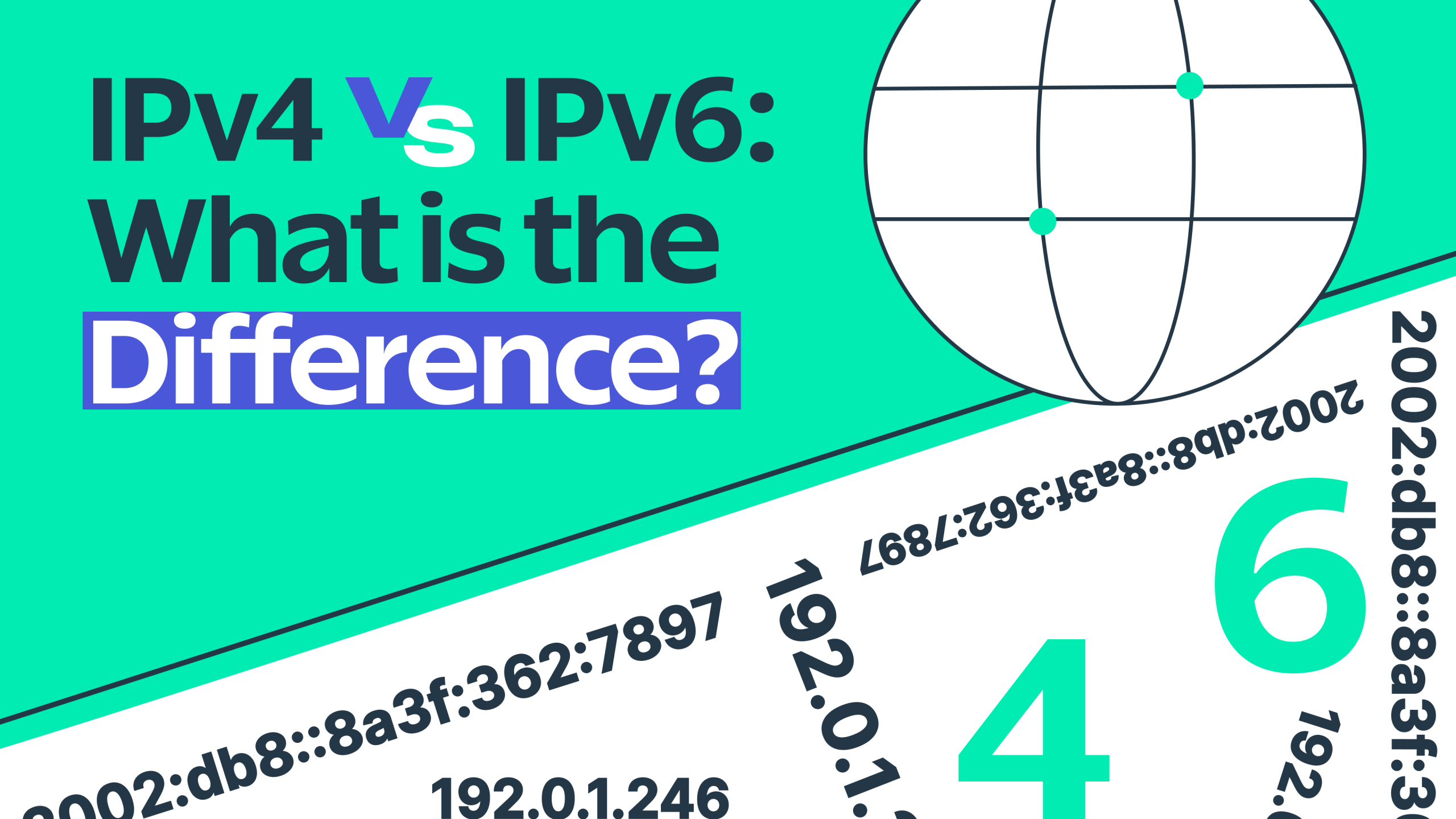
Understanding the Digital Landscape of Internet Protocols
Imagine the internet as a massive, global postal system where every device needs a unique address to send and receive information. This is precisely where Internet Protocols (IP) become critical. Today, we‘re diving deep into the fascinating world of IPv4 and IPv6 – two technological generations that have fundamentally reshaped how we connect, communicate, and exchange data across global networks.
The Origins of Internet Addressing
When the internet was in its infancy during the late 1970s and early 1980s, computer scientists faced a monumental challenge: how could they create a standardized system for addressing and routing digital communications? The solution emerged in the form of Internet Protocol version 4 (IPv4), a groundbreaking technology that would define digital communication for decades.
IPv4 was designed with a 32-bit addressing scheme, which seemed impossibly vast at the time. Theoretically, this structure could support approximately 4.3 billion unique network addresses – a number that appeared infinite to early computer engineers. No one could have predicted the explosive growth of digital devices and internet-connected technologies that would emerge in the following decades.
The Address Space Limitation
By the late 1990s, network engineers and internet architects began recognizing a critical problem: the IPv4 address space was rapidly approaching exhaustion. With the emergence of personal computers, mobile devices, and the nascent Internet of Things (IoT), the 4.3 billion available addresses were quickly being consumed.
This limitation sparked an urgent need for a new protocol that could accommodate the exponential growth of networked devices. The solution came in the form of IPv6, a revolutionary addressing scheme that would dramatically expand the potential for global digital communication.
Technical Architecture: A Comparative Analysis
IPv4: The Original Digital Addressing Standard
IPv4 addresses are typically represented in a familiar dotted-decimal format, such as [192.168.1.1]. Each address consists of four octets, with each octet representing 8 bits of information. This structure allows for complex network segmentation and routing but introduces significant complexity in managing address allocation.
The primary challenges with IPv4 include:
- Limited address space
- Complex network address translation (NAT)
- Increased network management overhead
- Security vulnerabilities inherent in address sharing mechanisms
IPv6: The Next-Generation Protocol
In contrast, IPv6 introduces a 128-bit addressing scheme, represented in hexadecimal format like [fe80::d4a8:6435:d2d8:d9f3b11]. This exponential increase in address space provides [2^{128}] possible unique addresses – a number so vast that every device on Earth could have millions of unique identifiers.
Key advantages of IPv6 include:
- Virtually unlimited address space
- Simplified network configuration
- Enhanced security protocols
- Direct device-to-device communication
- Improved routing efficiency
Global Adoption and Implementation Challenges
The transition from IPv4 to IPv6 is not a simple technological upgrade but a complex, global infrastructure transformation. Different regions and industries have approached this transition with varying levels of urgency and strategic planning.
Regional Adoption Patterns
North American networks have been relatively progressive in IPv6 adoption, with approximately 55-60% deployment. European networks follow closely, with around 40-45% implementation. The Asia-Pacific region shows significant variation, with countries like Japan leading at 70% adoption, while others remain in earlier stages.
Enterprise Migration Strategies
For large organizations, transitioning to IPv6 represents a significant investment in time, resources, and technological infrastructure. Many enterprises have adopted a "dual-stack" approach, maintaining both IPv4 and IPv6 capabilities to ensure seamless communication during the transition period.
Performance and Security Considerations
Contrary to popular misconception, IPv6 does not automatically guarantee superior performance or enhanced security. Instead, it provides a more robust framework for implementing advanced networking capabilities.
Performance characteristics include:
- Reduced routing complexity
- Potential for larger packet sizes
- Simplified header structures that can improve transmission efficiency
Security enhancements involve:
- Native IPsec support
- More robust encryption capabilities
- Improved end-to-end connection integrity
Economic and Infrastructure Implications
The global transition to IPv6 represents a multi-billion dollar infrastructure challenge. Telecommunications providers, cloud service companies, and internet backbone operators are investing heavily in hybrid protocol support and network upgrades.
Estimated transition costs include:
- Enterprise network upgrades: [$50-150 billion]
- Telecommunications infrastructure investments: [$100-250 billion]
- Potential productivity losses during migration: [$20-75 billion]
Technological Enablement and Future Potential
IPv6 is not merely an addressing protocol but a foundational technology enabling next-generation digital innovations:
- Internet of Things (IoT) massive device connectivity
- 5G and future mobile network architectures
- Edge computing infrastructure
- Autonomous vehicle communication networks
- Smart city technological ecosystems
Strategic Recommendations for Organizations
For businesses and technology leaders, navigating the IPv4 to IPv6 transition requires a comprehensive, forward-looking strategy:
- Conduct thorough infrastructure assessments
- Develop a phased migration plan
- Invest in staff training and skill development
- Implement dual-stack network configurations
- Prioritize security during protocol migration
Conclusion: Embracing Technological Evolution
The IPv4 to IPv6 transition represents more than a technical upgrade – it‘s a fundamental reimagining of global digital communication infrastructure. While challenges remain, the potential for innovation is boundless.
As we continue to push the boundaries of technological connectivity, protocols like IPv6 demonstrate humanity‘s remarkable ability to anticipate and solve complex systemic challenges. The internet is not just a network of machines but a reflection of our collective creativity and problem-solving capacity.
The journey from IPv4 to IPv6 is ongoing, and each organization, engineer, and technology enthusiast plays a crucial role in shaping this digital transformation.






